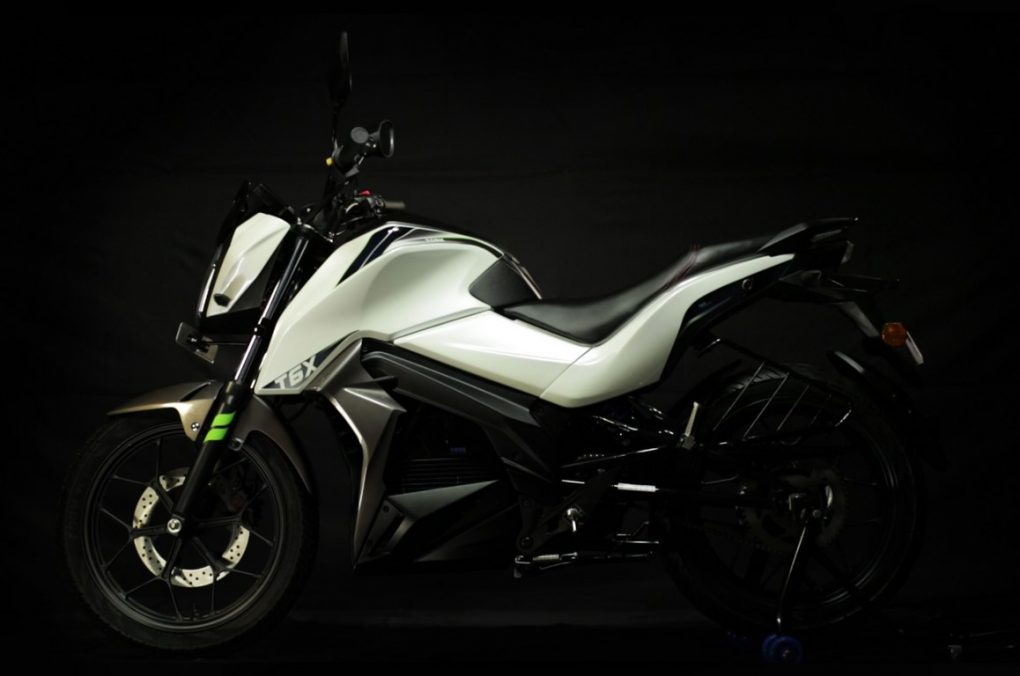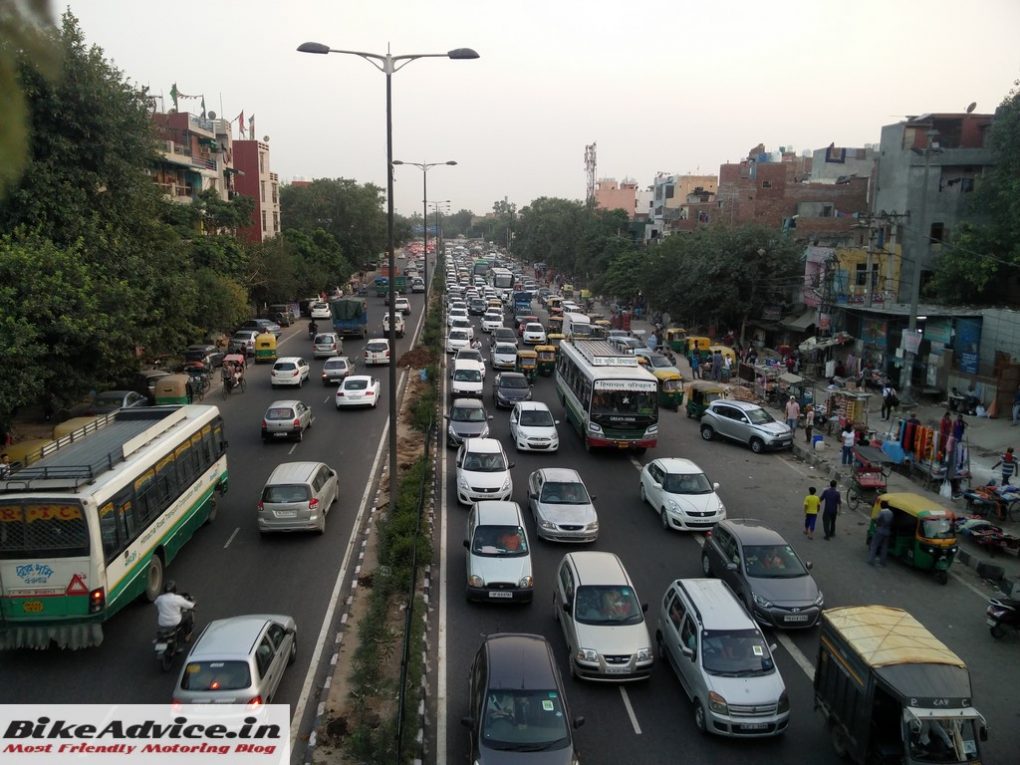There are moments in history when the world either sits back or changes to shift to a new dimension. The discovery of fire was one, the invention of the wheel another. The rise of cities, the industrial revolution, I can go on and on… To the auto enthusiast, however, the invention of internal combustion engine was the first step. From the late 1790s, when the first internal combustion engine was invented, to the present day world of 2016. A lot has changed. The world seems to have grown smaller, while transportation systems have become stronger. Converting commutes, which used to take hours to minutes, and days to hours. However, all this has a come at a cost. A cost so dreadful that its impact can be powerful enough to threaten the very existence of humankind.
To amend that, countries across the European Union are planning to stop using internal combustion engines. First, it was Netherlands who decided to stop their use from 2025, followed by Norway trying to replicate their feat. But with Germany now planning to do the same by 2030, the world has finally begun taking notice.

Now for developing nations like India, this might be a far-fetched dream. However, a recent piece of news got me thinking. The Indian government on October 2 announced that they will ratify the Paris Agreement. Based on this, nations will have to present a plan as per which they will limit the rise in global temperatures by 2 degree Celsius. India being a major contributor to greenhouse gasses (4.5 percent) will have to cut it significantly!
While much of our greenhouse gas emissions are because of coal-based electricity generation plan, vehicular emissions will have to be kept in mind. The country is at present the second largest two-wheeler market with 16 million annual sales. In terms of passenger vehicles, we are currently ranked 5th! The government will, of course, have to concentrate of renewable or cleaner source of power for driving the transportation system. The FAME initiative by the Modi-led government has been a significant step forward.

The National Electric Mobility Mission Plan 2020 is another move which can be a game changer. The ambitious plan has a target of achieving 6-7 million sales of hybrid and electric vehicles on a year on year basis from 2020. Cumulative sales of such vehicles are expected to hit 15-16 million by then!
However, a lot more needs to be done. Manufacturers need to invest in making batteries cheaper. Significant investments in R&D will be needed for making them lighter. Safety and range anxiety needs to be addressed. A charging infrastructure needs to be established. All these will need not just time and capital but also proper planning. While the latter can be worked on, time is a factor where India lacks significantly.
Read More: All-Electric Motorcycle Tork T6X Launched; Price, Pics Specs Inside!
While internal combustion engines are set to rain for some time, the end though is not far. The question now is can we rise up to the challenge or will we look towards the West for a solution?


